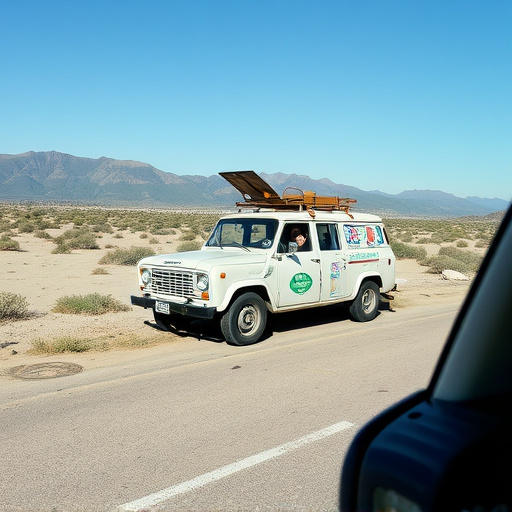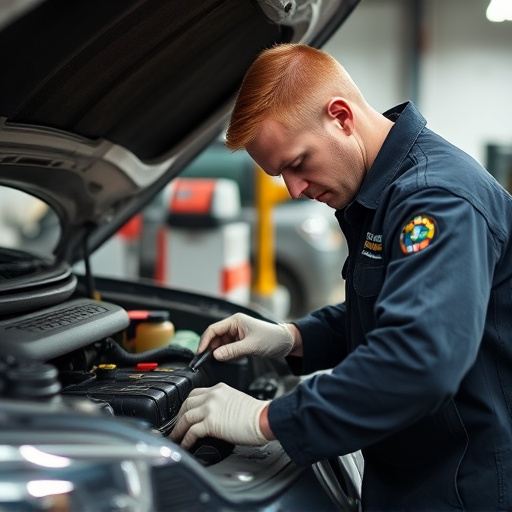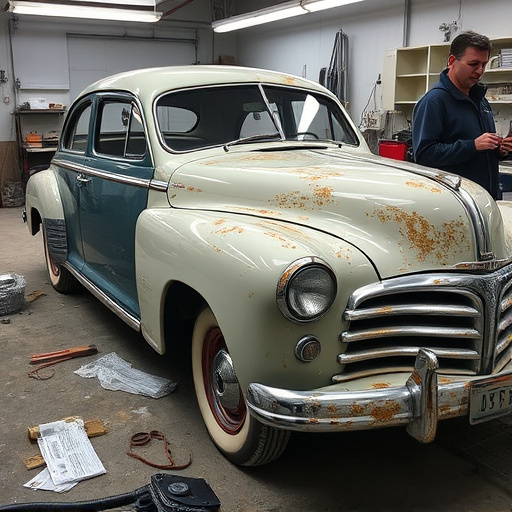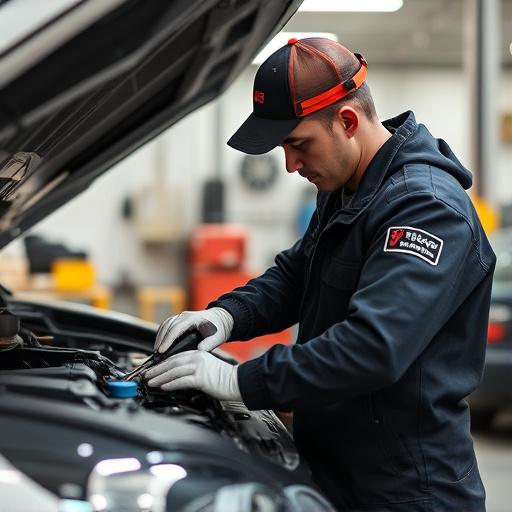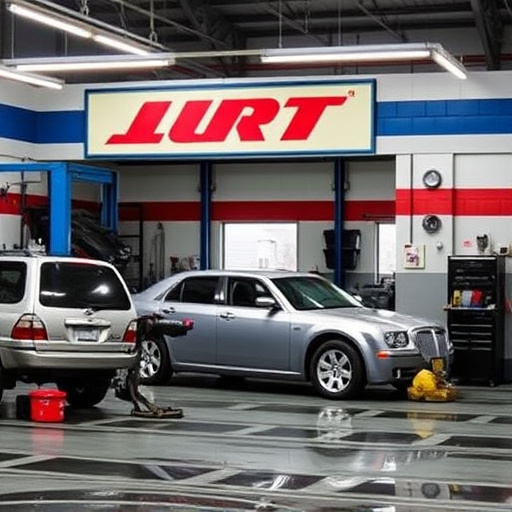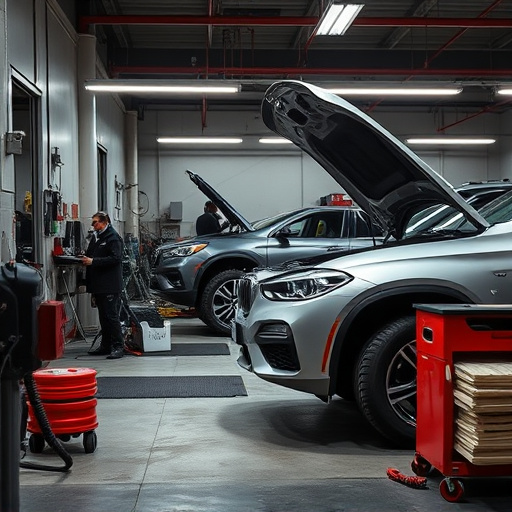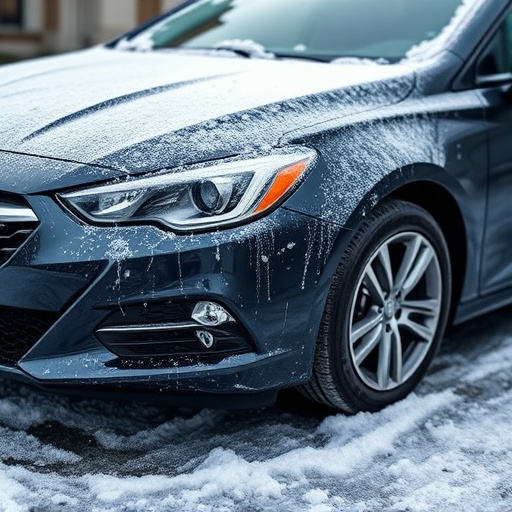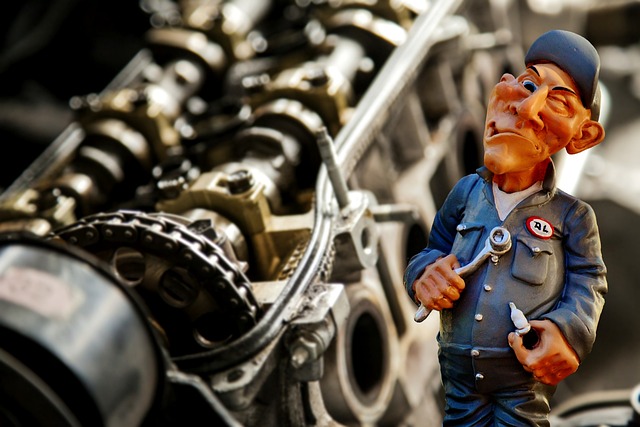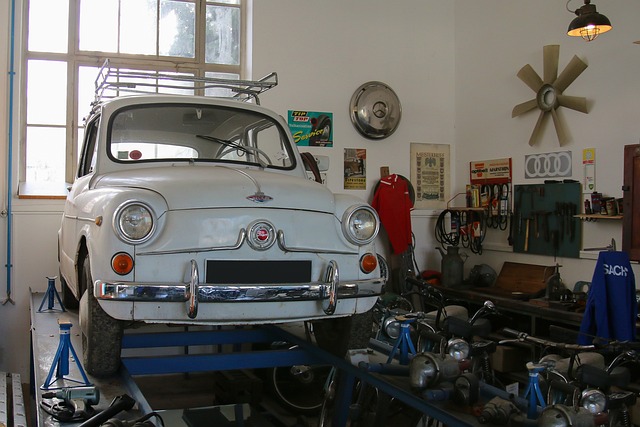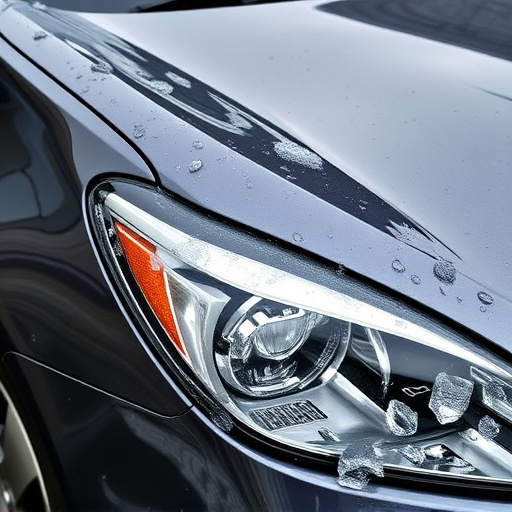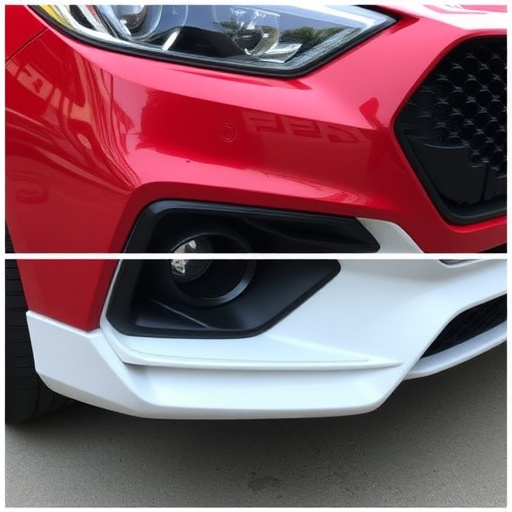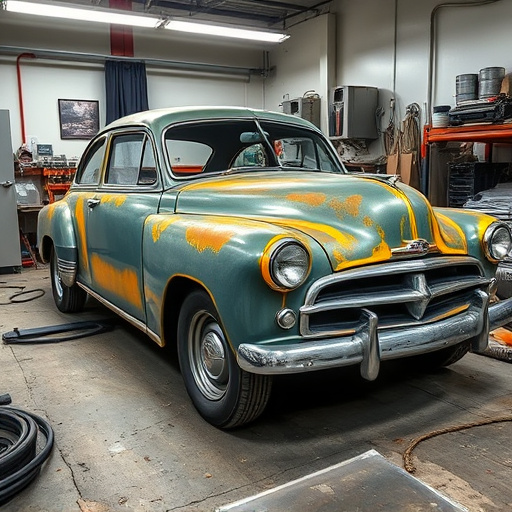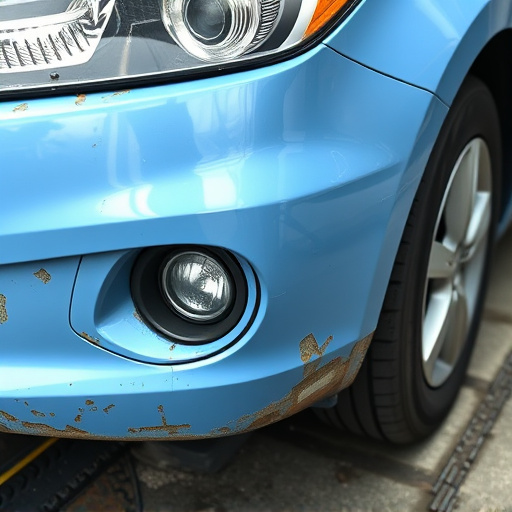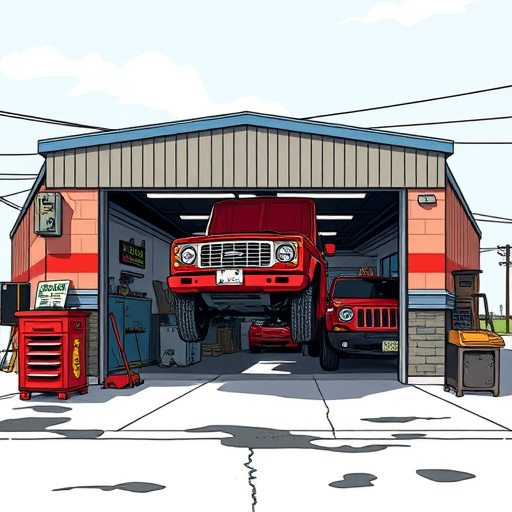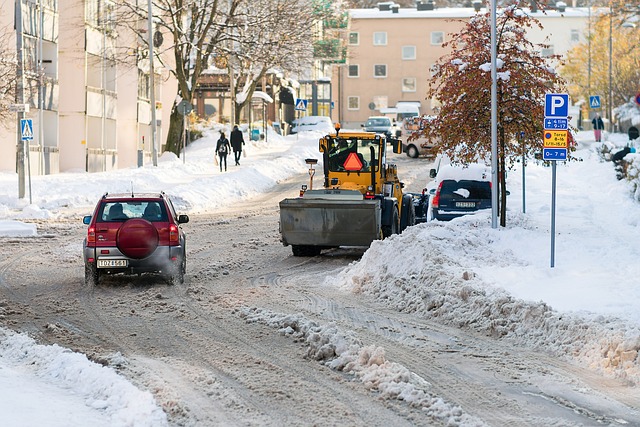Tesla Supercharger compatibility is crucial for electric vehicle (EV) owners planning long-distance trips, as it facilitates efficient charging. Most Tesla vehicles integrate seamlessly with the Supercharger network, but home charging solutions may require additional considerations, including potential modifications. Professional car collision repair services are vital to restore proper Supercharger compatibility after damage. Home Level 2 chargers offer convenient overnight top-ups and complement the growing Supercharger network for reliable everyday use and high-speed long-distance charging. Optimizing EV charging experiences through seamless integration of home and Supercharger networks ensures faster charging times and readiness for the road, emphasizing modern automotive convenience.
“Tesla vehicles offer an electric driving experience like no other, but ensuring efficient charging is crucial. In this article, we explore the fascinating intersection of Tesla Supercharger compatibility with home charging solutions. From understanding the basics of Supercharger functionality to delving into tailored home charging options, you’ll discover how to optimize your charging experience. We’ll guide you through integrating these systems seamlessly, considering essential factors for a smooth and fast-charging journey.”
- Understanding Tesla Supercharger Compatibility
- Home Charging Solutions for Tesla Owners
- Optimizing Your Charging Experience: Integration and Considerations
Understanding Tesla Supercharger Compatibility
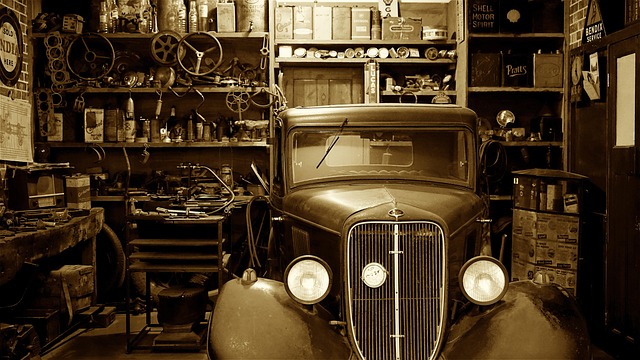
Tesla Supercharger compatibility is a key consideration for electric vehicle (EV) owners, especially those who rely on fast-charging networks to power their daily commutes. Understanding how your Tesla interacts with Superchargers is crucial for efficient and hassle-free charging. The good news is that Tesla has designed its vehicles and charging infrastructure with interoperability in mind. This means that most Tesla models are compatible with the company’s Supercharger network, allowing owners to quickly recharge their cars during long-distance travel.
When it comes to home charging solutions, things can get a bit more complex. While Tesla offers its own Wall Connector for home installation, not all Supercharger-compatible vehicles can seamlessly integrate with home charging setups. This is where the concept of car collision repair and bodywork becomes relevant—if your vehicle has sustained damage that affects its charging capabilities, professional repairs may be necessary to ensure proper Supercharger compatibility. Dent removal and other restoration services can play a vital role in restoring your Tesla’s charging functionality, ensuring you can take full advantage of both public and home charging infrastructure.
Home Charging Solutions for Tesla Owners

Tesla owners often seek convenient and efficient charging solutions for their electric vehicles. Home charging is a popular choice, providing a dedicated and accessible way to top up battery life overnight or during downtime. Many Tesla owners install Level 2 chargers at home, compatible with the vehicle’s onboard charger, enabling faster charging compared to standard outlets. These home charging setups are particularly useful for those who live in apartments or have limited access to public charging stations, enhancing the overall convenience and ownership experience.
With the growing network of Tesla Superchargers, owners can also enjoy fast and efficient charging on the go. However, understanding the compatibility between these Superchargers and home charging solutions is essential. Some home chargers may require upgrades or specific adapters to connect and utilize the Supercharger network, ensuring a seamless and powerful charging experience during long-distance travel. This integration allows Tesla owners to have the best of both worlds—a reliable home charging setup for everyday use and access to high-speed charging infrastructure for longer journeys.
Optimizing Your Charging Experience: Integration and Considerations
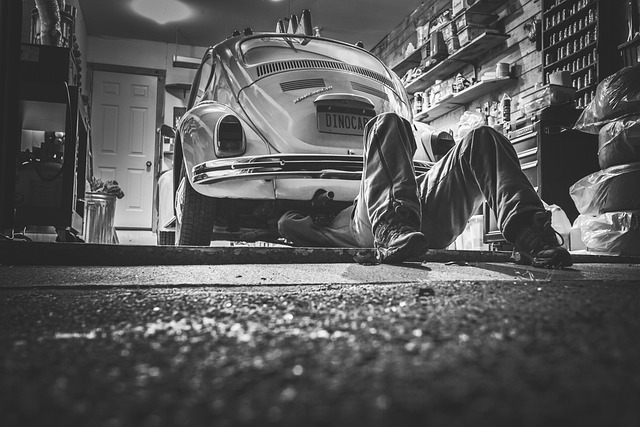
Optimizing Your Charging Experience: Integration and Considerations
When it comes to Tesla Supercharger compatibility with home charging solutions, seamless integration is key to enhancing your overall electric vehicle (EV) ownership experience. As an EV driver, you want a hassle-free process that caters to both on-the-go and at-home charging needs. The good news is that many modern homes can be equipped with Level 2 chargers, which offer faster charging times compared to standard home outlets. By installing a compatible charger, you can take advantage of Tesla Supercharger networks while ensuring your home is prepared for efficient EV charging.
Considerations for optimal integration include understanding your vehicle’s charging capabilities and choosing the right hardware for your needs. For instance, some Tesla models support both AC and DC fast charging, allowing you to charge at varying speeds depending on your location. Moreover, ensuring compatibility with Tesla Supercharger stations is crucial, as it enables quick refuels during long-distance travel. Unlike automotive collision repair or car paint services, which are specialized maintenance aspects of traditional vehicles, EV home charging solutions focus on seamless integration and efficient energy transfer for a modern automotive experience.
Tesla owners looking to optimize their charging experience should consider the seamless integration of their home charging solutions with Tesla Superchargers. By understanding the brand’s Supercharger compatibility, owners can ensure a smooth and efficient charging journey, whether at home or on the go. This dual-strategy approach not only enhances convenience but also underscores Tesla’s commitment to providing an all-encompassing electric vehicle (EV) ownership experience.
